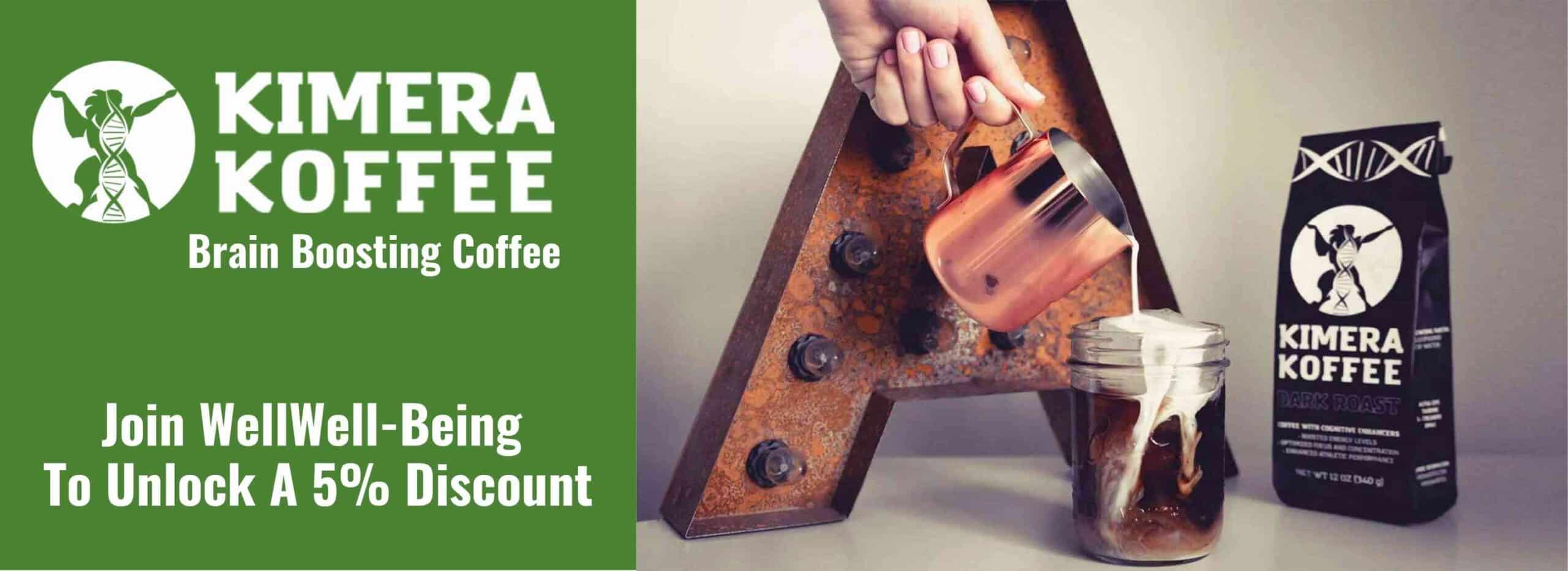By John Salak –
It almost always seems better—or at least more enjoyable—to grab a drink with friends than to knock back one alone. Social drinking tends to make people feel chatty, friendly and upbeat. Solidary drinking can result in feelings of depression.
This distinction may not be news to the millions of American adults who consume alcohol, but scientists at The University of Texas at El Paso think they know why.
Apparently, dopamine, the brain molecule that plays a role in pleasure, motivation and learning, is a key player in producing the difference. The study, in fact, pinpoints the region of the brain that is stimulated by social drinking, which may help better understand how humans become vulnerable to Alcohol Use Disorder (AUD), a disease that affects nearly 30 million people annually.
Drinking, of course, is anything but rare in the U.S. or worldwide. It’s estimated that 70 percent of American adults drink alcohol, the vast majority of which generally drink in social settings. Social drinking is defined as drinking alcohol in a variety of social settings without disrupting your life or causing problems, according to the Gateway Foundation.
In contrast, about 40 percent of adults will also have a drink in isolation at times, although this doesn’t mean they don’t drink socially too.
Even if social drinking is the norm, with most individuals handling consumption without incident, the practice can be a harbinger of problems for some. Regardless, people apparently have different neurobiological reactions to drinking in these settings, opening up questions as to why.
“Social settings influence how individuals react to alcohol, yet there is no mechanistic study on how and why this occurs,” noted Kyung-An Han, Ph.D., a biologist at UTEP, who used fruit flies to study alcoholism. Han’s team especially wanted to explore how social drinking boosts feelings of euphoria.
They discovered that tipsy fruit flies aren’t that different from intoxicated humans, which may not be surprising since these insects share about 75 percent of the same genes that cause human diseases.
The UTEP team determined this by exposing fruit flies, either alone or in a group setting to ethanol vapor and measuring their average speed to determine the degree of ethanol-induced response. Flies who “drank alone” displayed a slight increase in movement. In comparison, flies exposed to ethanol in a group setting displayed significantly increased speed and movement.
The team then tested whether dopamine plays a role in the flies’ response to ethanol. It found that the flies in a solitary setting had a tiny increase in activity. But in social settings, the flies with increased dopamine showed even more heightened hyperactivity than usual.
“We demonstrated that both social settings and dopamine act together for the flies’ heightened response to ethanol,” said Han.
“Our work is providing scientific knowledge to support the idea that the brain interprets and processes a person’s social surroundings and has that signal converge into the dopamine system that is also activated by alcohol consumption,” noted corresponding author Paul Rafael Sabandal, Ph.D., a UTEP research assistant professor. “It gives us as researchers an idea of which brain area and components may serve as the meeting point for all the signals that contribute to AUD.”













